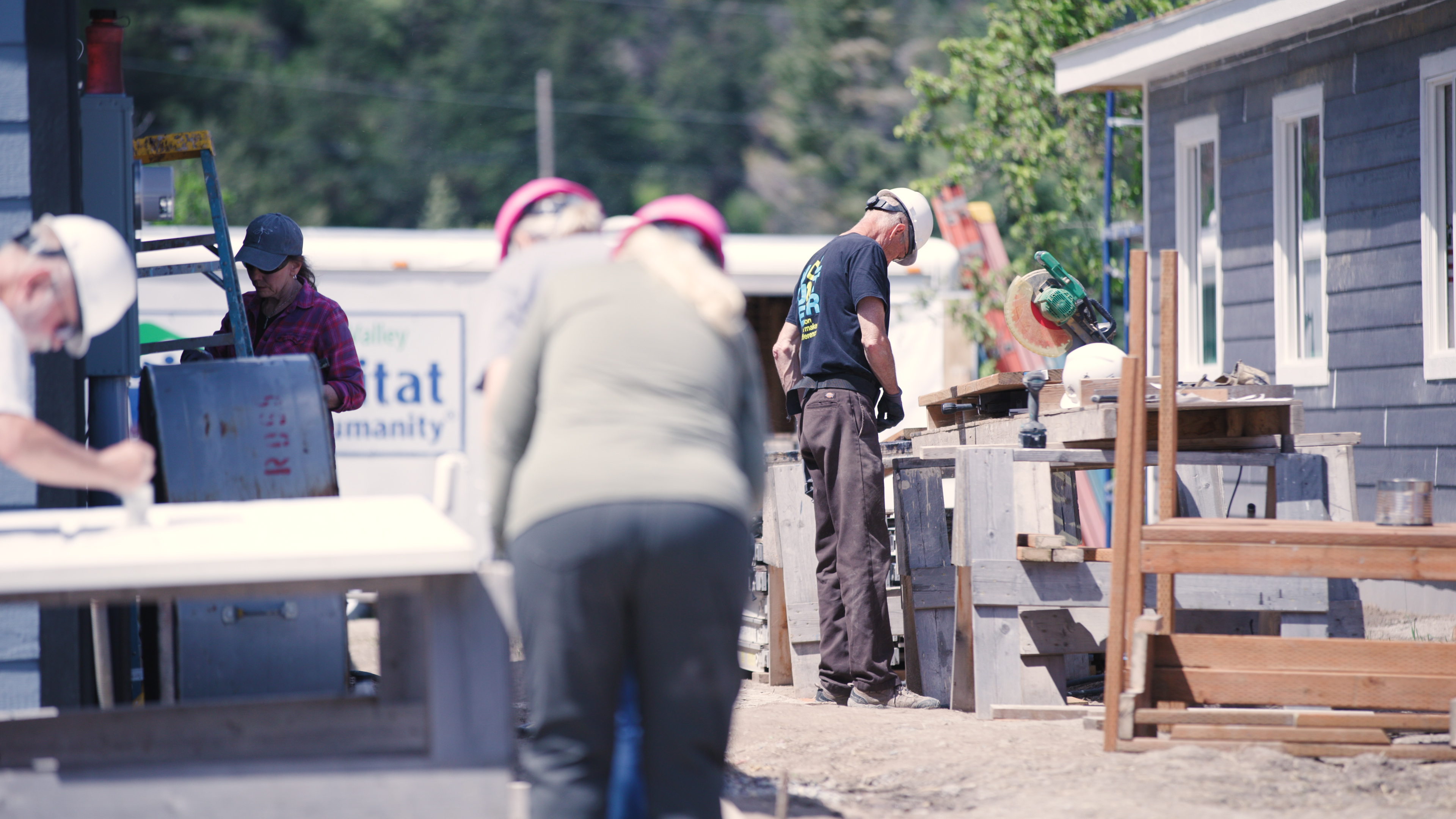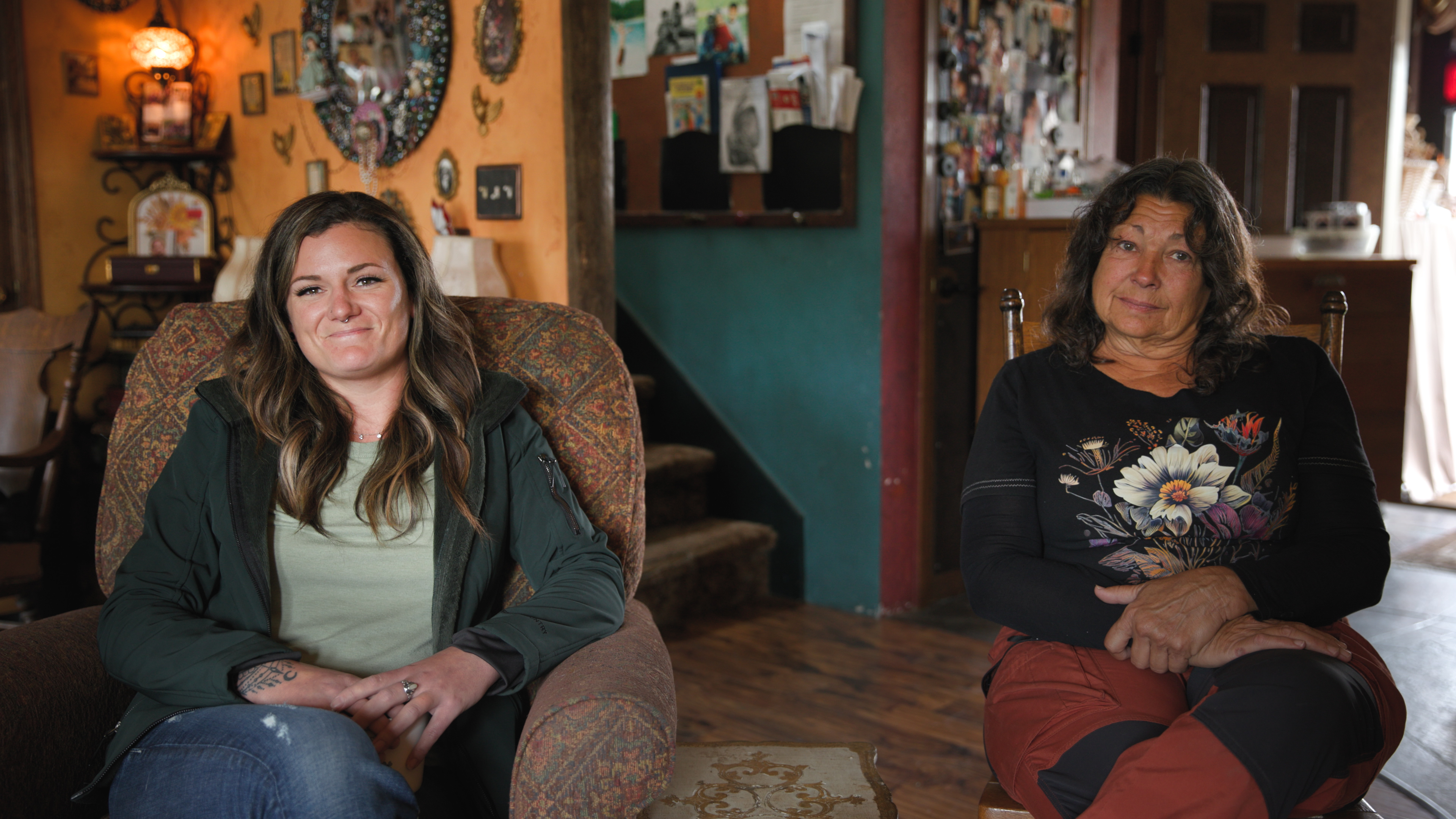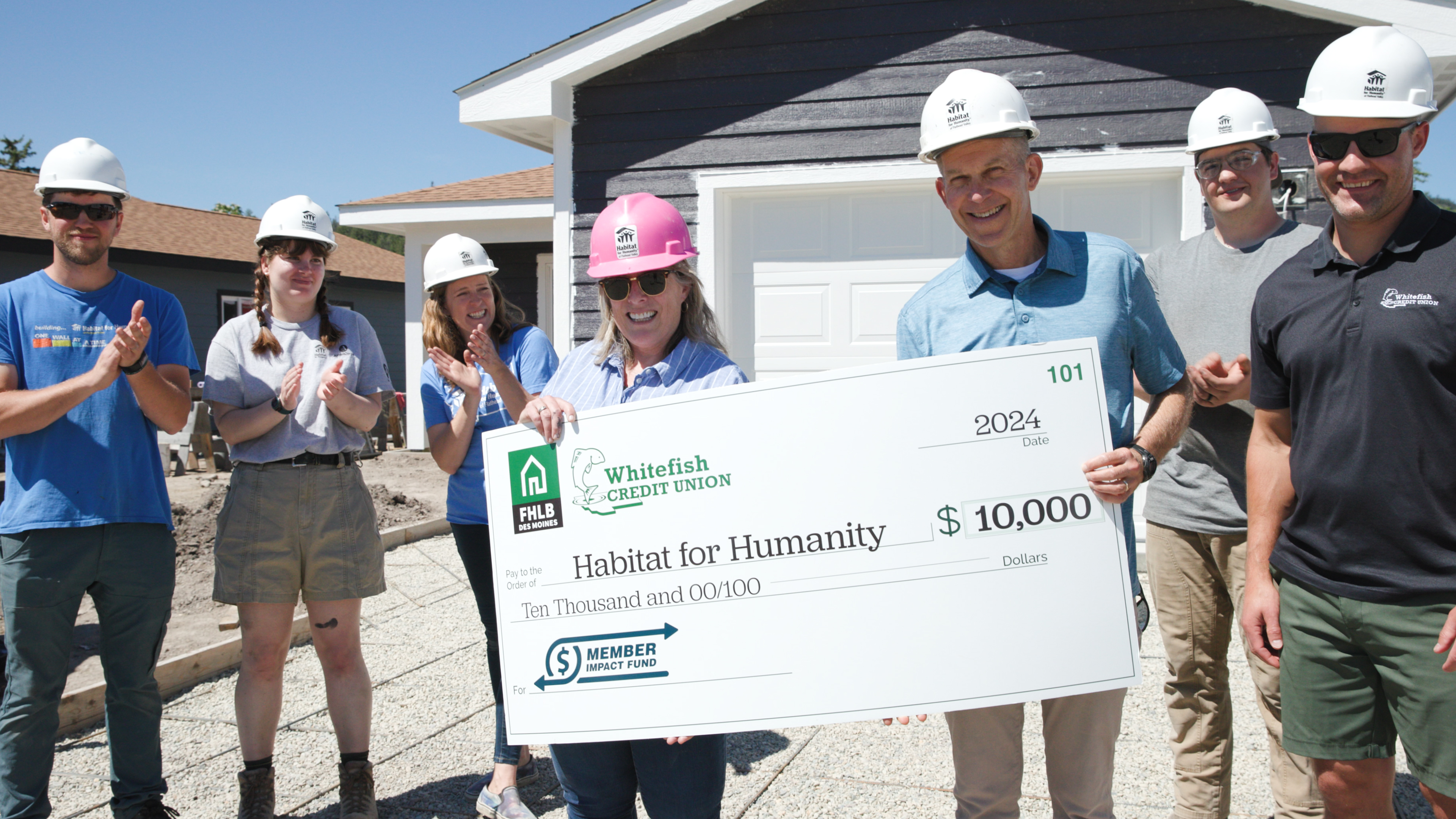There’s no place like home…with the help of a little humanity
When you look at the materials used to construct a home, nothing seems to stand out as impossibly complicated. You’ll see wood, concrete, insulation, drywall, roofing, nails, and screws. In fact, aside from the sheer volume—and costs—of the materials, it all seems so simple. Deceptively so.
Because materials don’t make a house. People do.
And non-profit organizations like Habitat for Humanity put the right people in the right place to build a house—one that will become a decent, affordable home for someone who needs it.
“Owning a home is very powerful. It gives you a sense of ownership—and then you can own the rest of your life, too."
“Owning a home is very powerful,” says Connie, the recipient of one of the homes from Habitat for Humanity of Flathead Valley. “It gives you a sense of ownership—and then you can own the rest of your life, too. And take control of it and make it what you want it to be. It’s powerful. There’s a large portion of society that will never have that opportunity without a program like Habitat.”

For anyone paying attention, it’s hardly news. House prices have been soaring in different parts of the state, driven in part by low inventory. Fewer houses means scarcity, and scarcity drives up the market value. Even as Montana Regional MLS reports that as home prices have dropped to roughly $550,000 from their high of $647,500 during June 2022, that price is still far beyond the reach of many working individuals and families.
“We do anticipate that a lot of our homeowners are going to be single, female heads of the household...”
And most of the folks unable to buy homes are women, often with kids.
“We do anticipate that a lot of our homeowners are going to be single, female heads of the household,” says MaryBeth Morand, the executive director for Habitat for Humanity of Flathead Valley. “It just seems like that’s the way the demographics are shifting in home ownership.”
Still, all signs suggest that the prices are unlikely to dip further—at least not enough to make home ownership more accessible for those who need it.
“I don’t think it’s going to drop,” said Wendy Brown, the supervising broker and owner of Chuck Olson Real Estate in Kalispell, told the Flathead Beacon. “I think people are thinking we have maxed out and property prices are going to start coming down, but you have a lot of buyers saying, ‘let’s wait until prices come down.’ They are not coming down.”

And too many Montanans—especially women—are feeling the pinch, all the while seeing their chances for home ownership diminish with every passing day. “The need for housing is just—affordable housing,” exclaims Connie. “Granted, there’s housing out there, but normal people can’t afford it…and I look at homeless people every day, and my heart aches for them ‘cause I cannot imagine not having a door to close and a bed to sleep in and a roof over my head. Every single morning, I wake up, and I’m grateful for that.”
MaryBeth agrees. “It is a problem, and I think people feel overwhelmed by it.” She smiles. “I think that the current income gap is making it even more abstract for people, and I think it’s become faceless and nameless.”
But for folks like Connie, there is reason to hope. With assistance from the Federal Home Loan Bank (FHLB) and Whitefish Credit Union, and especially from their hardworking volunteers, Habitat Flathead has built 70 houses. That’s seventy-six families who now have homes, all constructed with the help of families and neighbors.
“A lot of our homeowners are single moms, so it’s amazing for those women to see the women who are volunteering."
“A lot of our homeowners are single moms, so it’s amazing for those women to see the women who are volunteering, it’s amazing for those women who are volunteering to be part of the lives of the homeowners,” says Hilary Devlin, the programs manager for Habitat for Humanity of Flathead Valley. “They become a part of the Habitat family, and it sounds so corny, but it’s very much a Habitat family.”
But part of the value of Habitat isn’t just receiving those keys to a new home. The program—which relies on volunteers—also expects the new homeowner to come and help out. Known as “sweat equity,” the idea is to give the program’s recipients the opportunity to emotionally invest in their new homes, as well as give them the skills to manage the responsibility of it.

“So sweat equity is this part of habitat where all of the homeowners have to put in sweat equity time—so they show up at 8:00 am on a Saturday, work for seven hours on their home or on their neighbor’s home,” says Devlin.
This means that new homeowners are learning to build their own homes. Aside from the practicalities of learning repair basics, it acts as a means to capture the new home’s…uh, eccentricities.
“It’s a lot of hard work and dedication,” says Shannell, who also received a home, “but it’s so worth it, you know, to be able to stand in my house and say that I did all of this.”
For members like you.
Because what we do pays dividends.
